You likely have not had the pleasure of reading specifically about the cemeteries of a country you may or may not intend to visit so far. Not many people seem to enjoy visiting and writing about these ‘creepy’ places, but I do. It is such a sobering experience that I try do it as much as I can. It is good to be reminded of one’s mortality from time to time, but it is even better to do that in places that are as fascinating as Uzbekistan’s cemeteries. Read on to find out why I am so obsessed with them, and why you really should consider adding them to your own itinerary as well!
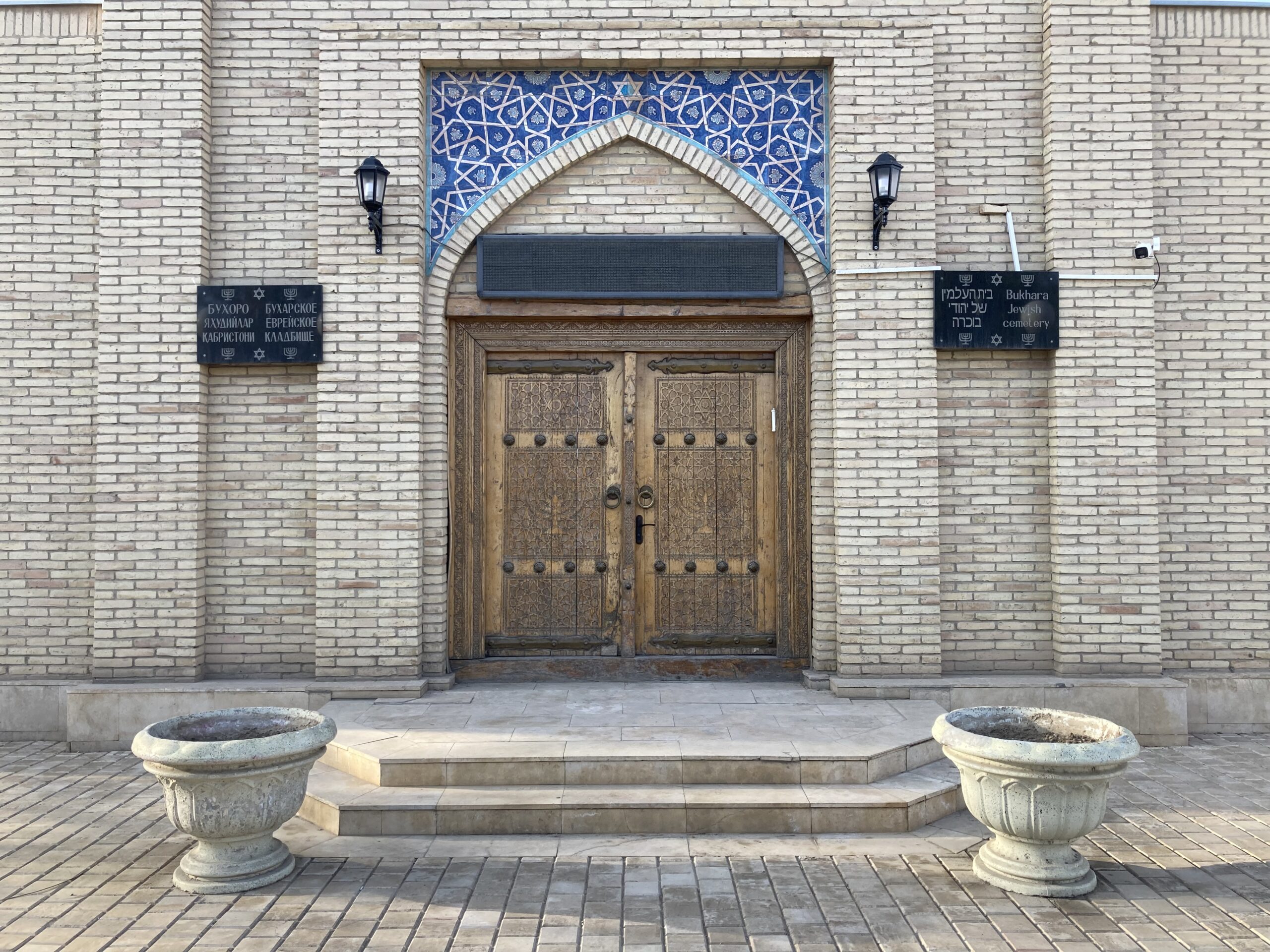
To be perfectly honest with you all, there was only one actual cemetery that was on my original itinerary when I visited Uzbekistan, the Jewish one in Bukhara. It was this first visit of mine that made me go for all the other cemeteries in this trip of mine, well with the exception of the famous Shah-i Zinda in Samarkand, which is just a world of its own.
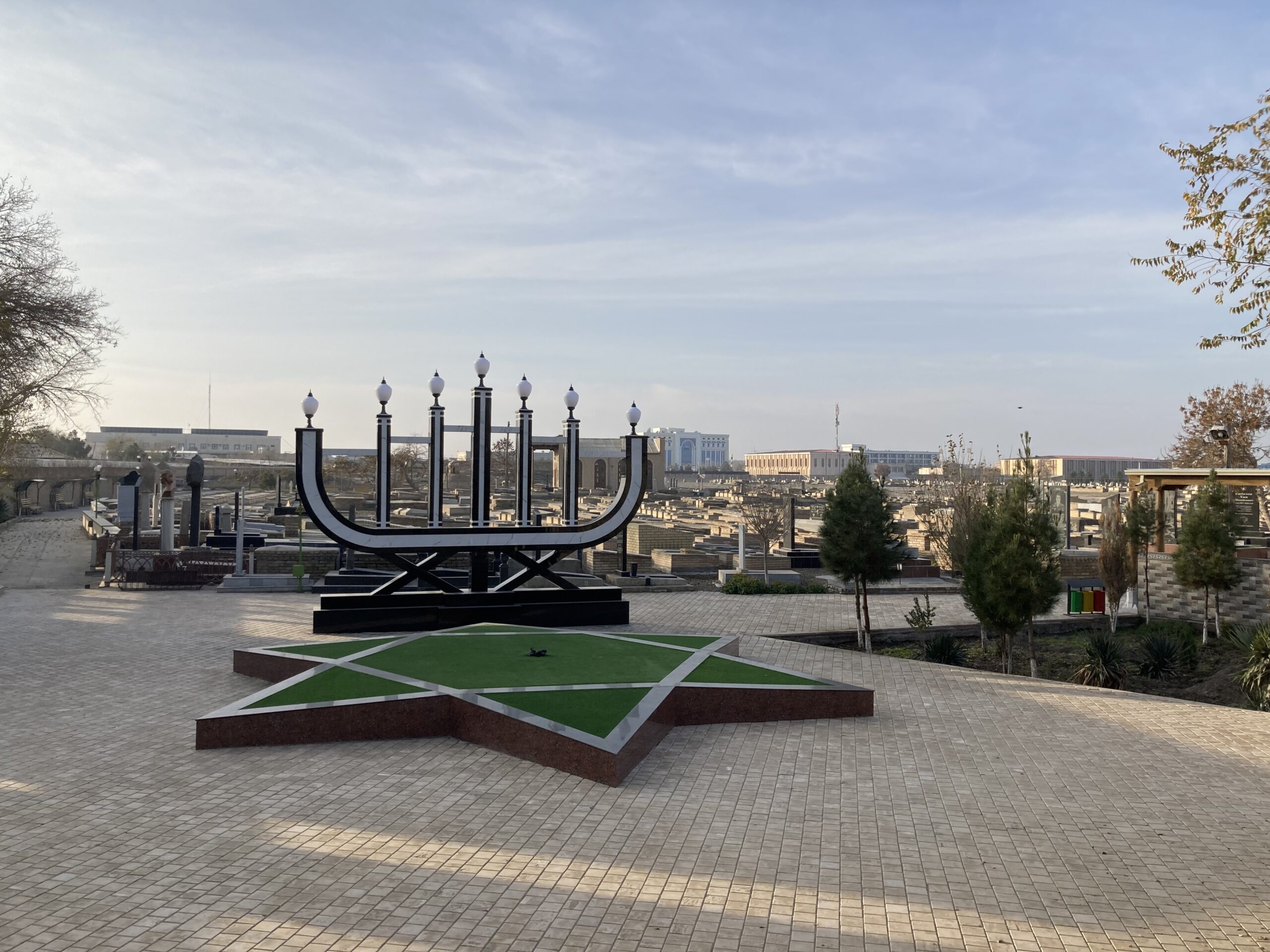
My experience at this first cemetery was not good, not good at all. Not because it was ‘bad’ or anything, but because of the gatekeeper at the front. After asking me where I was from and getting an answer she did not want, Turkey, she asked why I wanted to visit this place as a non-Jewish person. I said I am a historian and I have an actual interest in these structures. She then just said that there are problems in Israel, and so she cannot let me take a look at the place, which really got me close to being pissed off, which is a rarity, but thankfully, the security officer there said that he can chaperone me. I guess coming from a ‘Muslim’ country is reason in itself to get you in trouble in a cemetery that has literally nothing to do with Israel. Some people are just ignorant, so after taking a quick look at the place (as taking photos of tombs etc. were out of the question) I left it with one mission on my mind, I would visit cemeteries in Samarkand and Tashkent to see if such problematic behaviour would ever repeat itself, and to actually photograph the type of tombstones found in this part of the world, which are quite eccentric to say the least.
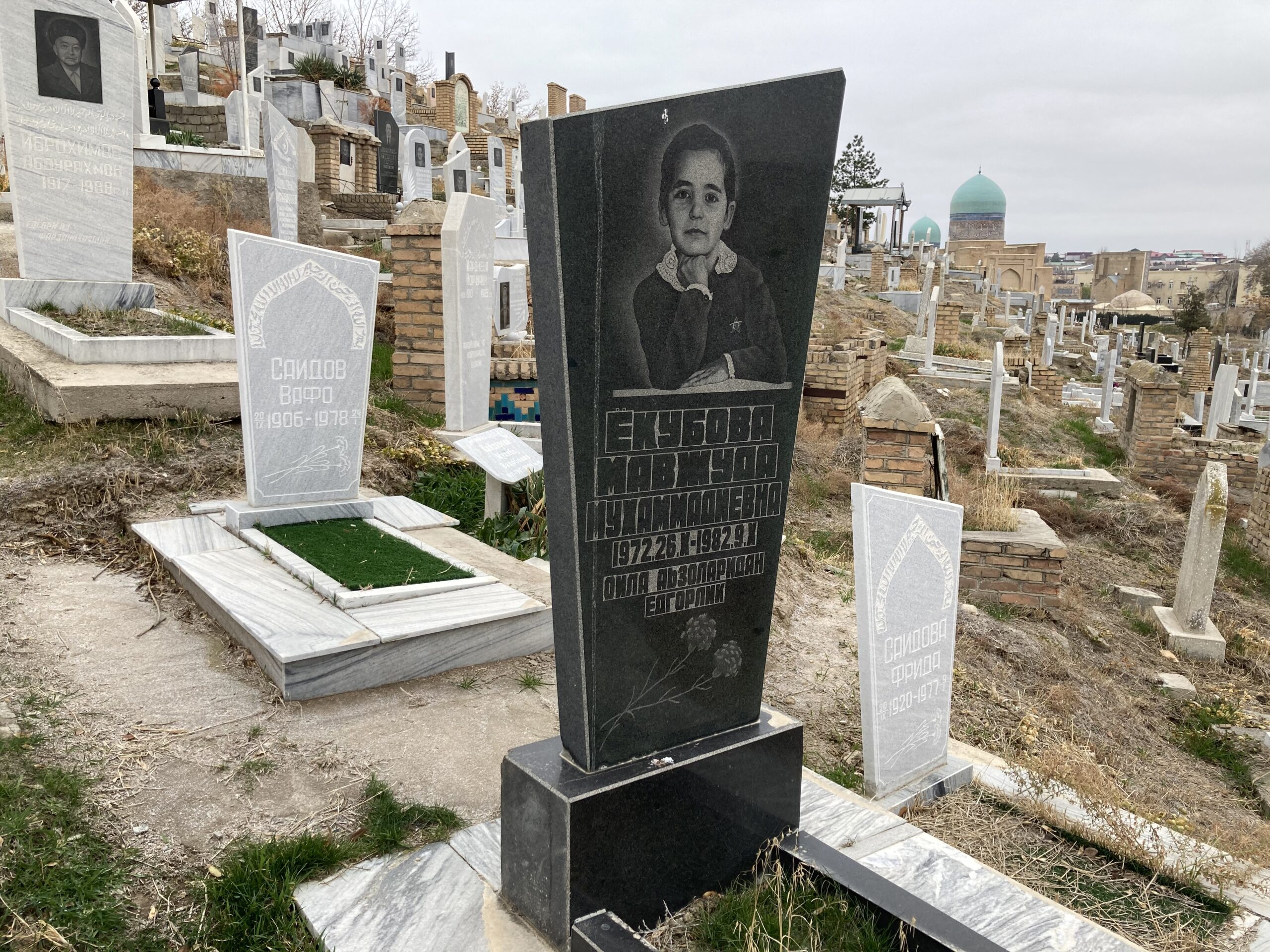
I made my way to the Muslim cemetery of Samarkand to start off on this quest on the easy mode. After all, with a name like mine, no one can question what I am doing in a Muslim cemetery. Though it breaks one’s heart to see a tomb for a ten-year-old, I will ask you to focus on something else on this photo, the tiny red star on the Soviet schoolchild’s uniform. Despite almost seeming so alive, such small details make you realize that these depictions you see most certainly belong to dead people, those that left us decades ago.
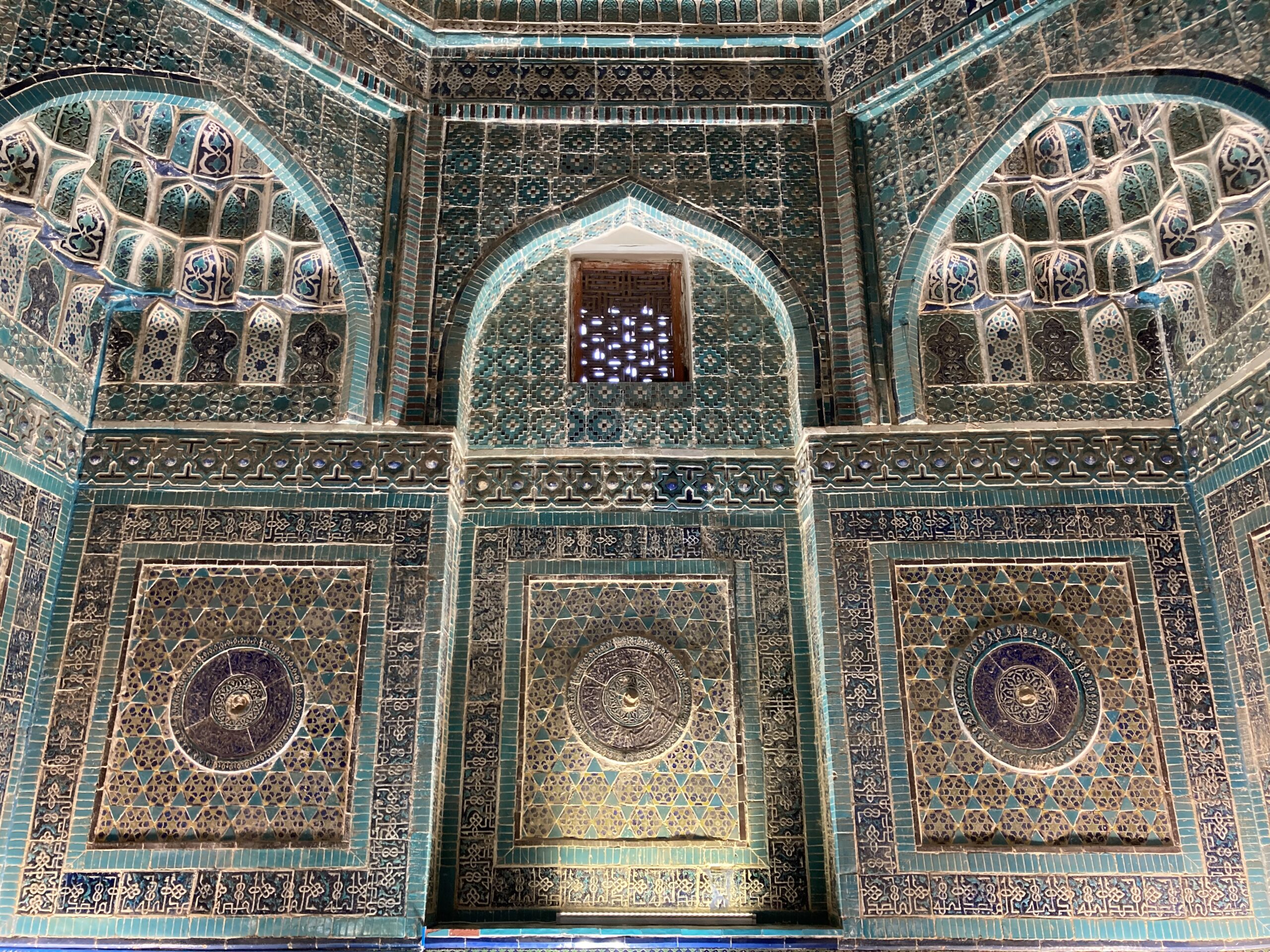
You may have noticed some blue domes protruding behind the tombs in the previous photo. Those belong to a mausoleum complex called Shah-i Zinda, where you can find a lot of elaborate mosaics decorating the tombs of rich and/or influential people that once called Samarkand home.
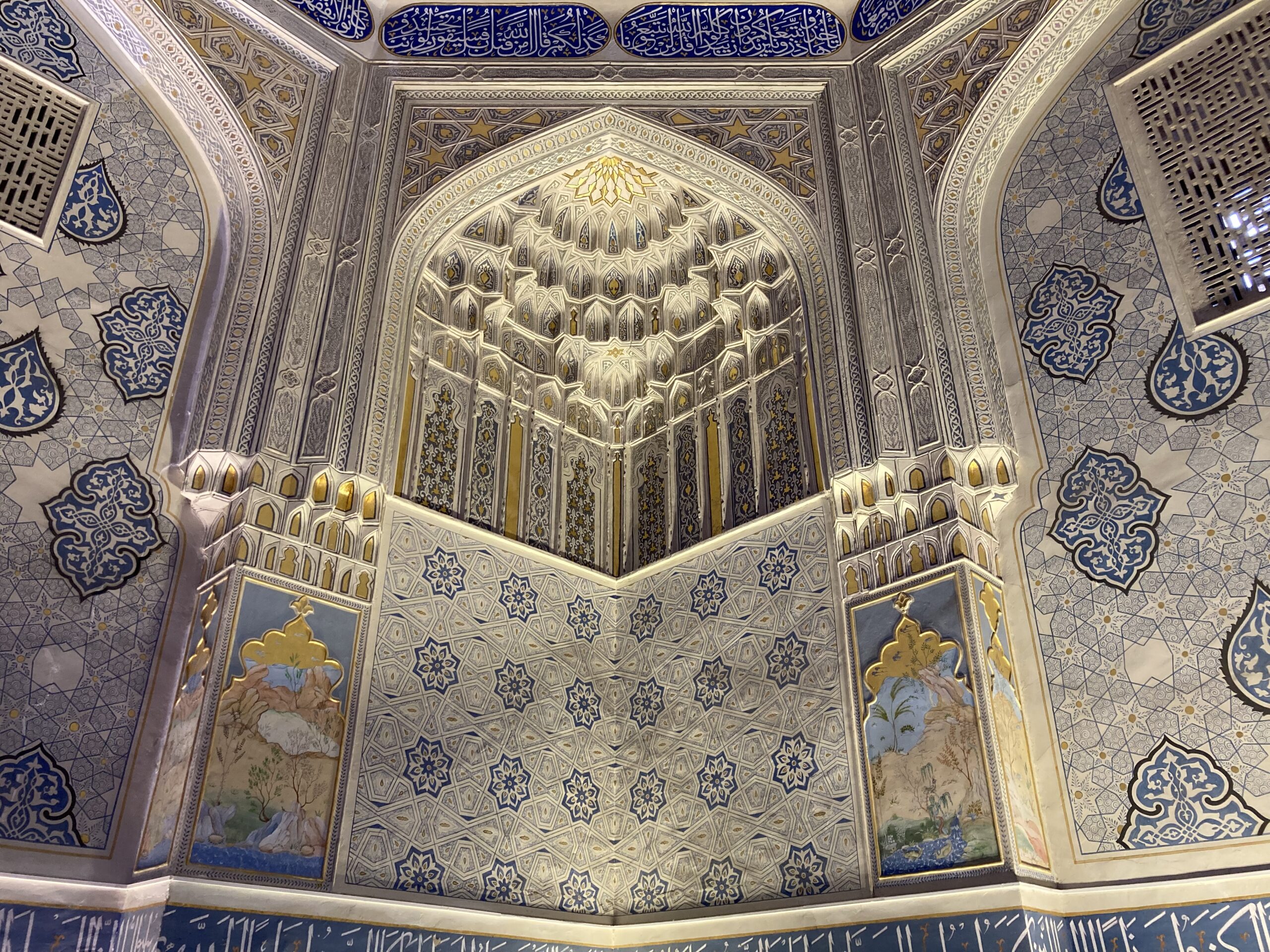
It is difficult to explain how intricate some of these designs are, it really makes you think that even in death, some people are ‘privileged.’ Of course, this is but a dark quip of mine, as the dead have no way of knowing how their tombs look like, nor would they care…
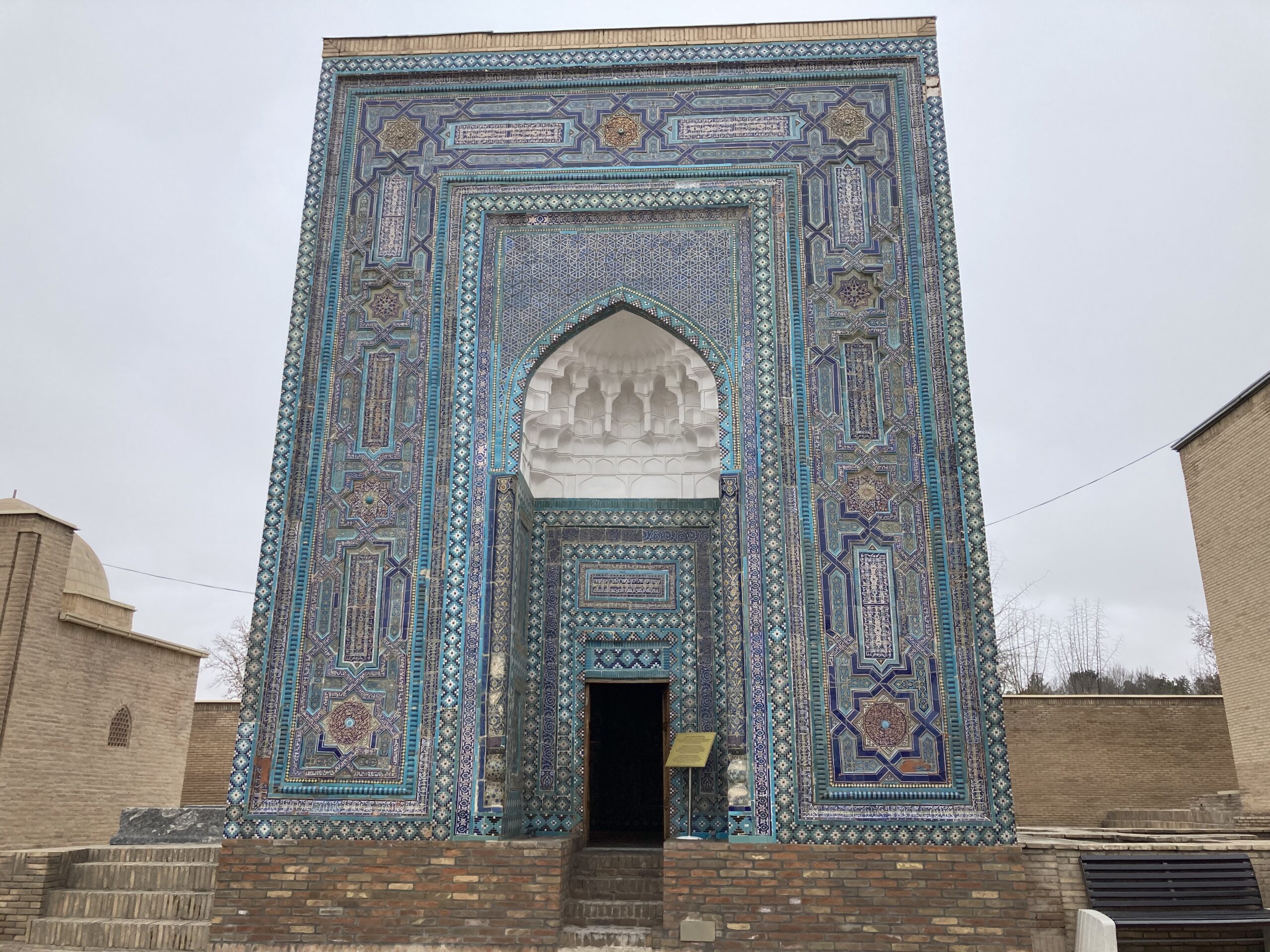
Some of these mosaics are so good, they start overflowing from inside the tombs… In all seriousness, this is a must-see part of the town, and should be up there with the mausoleum of Timur and Registan itself when it comes to listing the best landmarks of Samarkand.
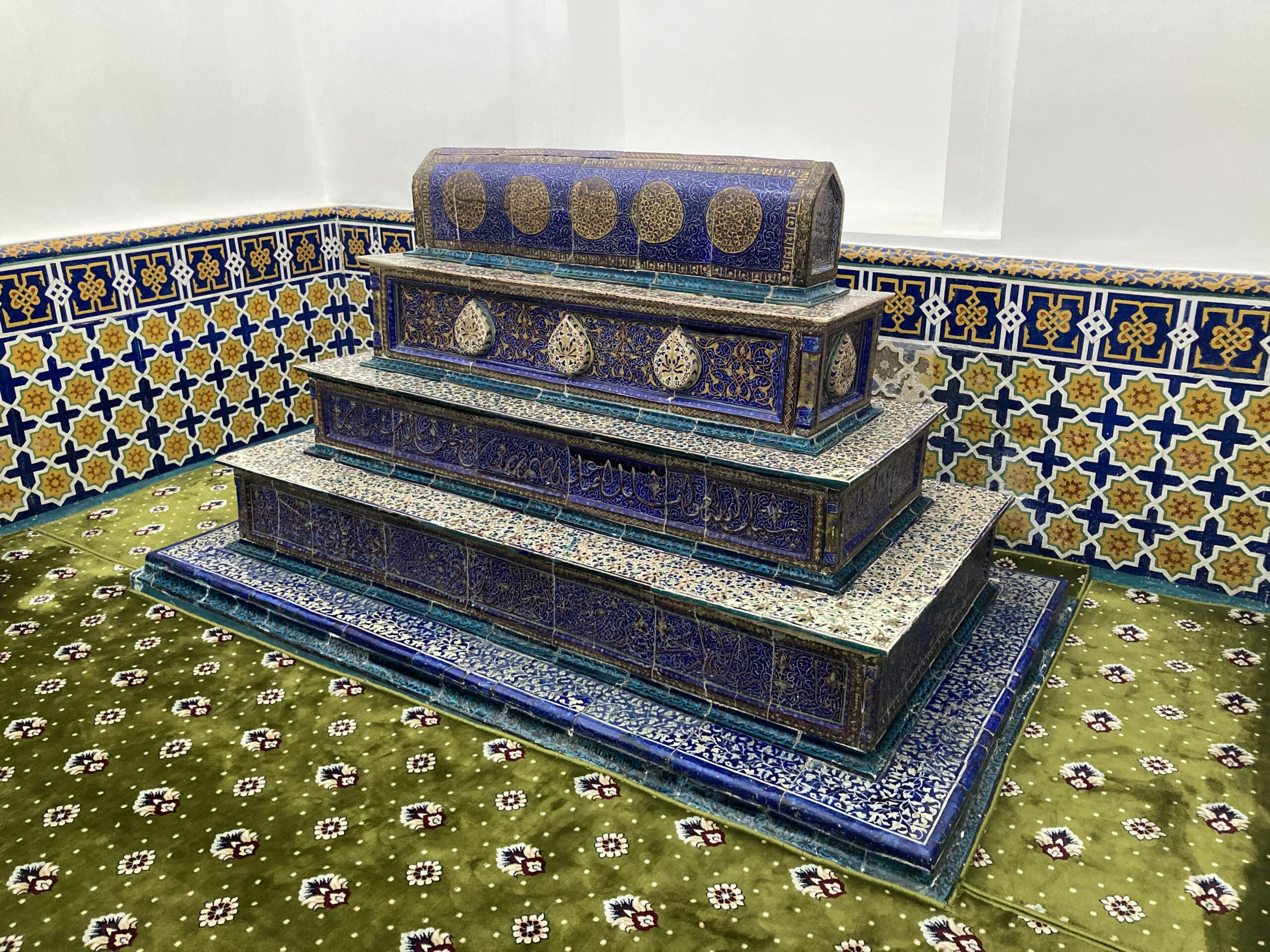
There are some really high profiles tombs here, such as this one, which belongs to Qutham ibn Abbas, a cousin of Prophet Muhammad, believed to be the one that looks and acts most like him. I was lucky enough to see it being opened for a tour group, as otherwise I believe it may be inaccessible to lone travellers like me.
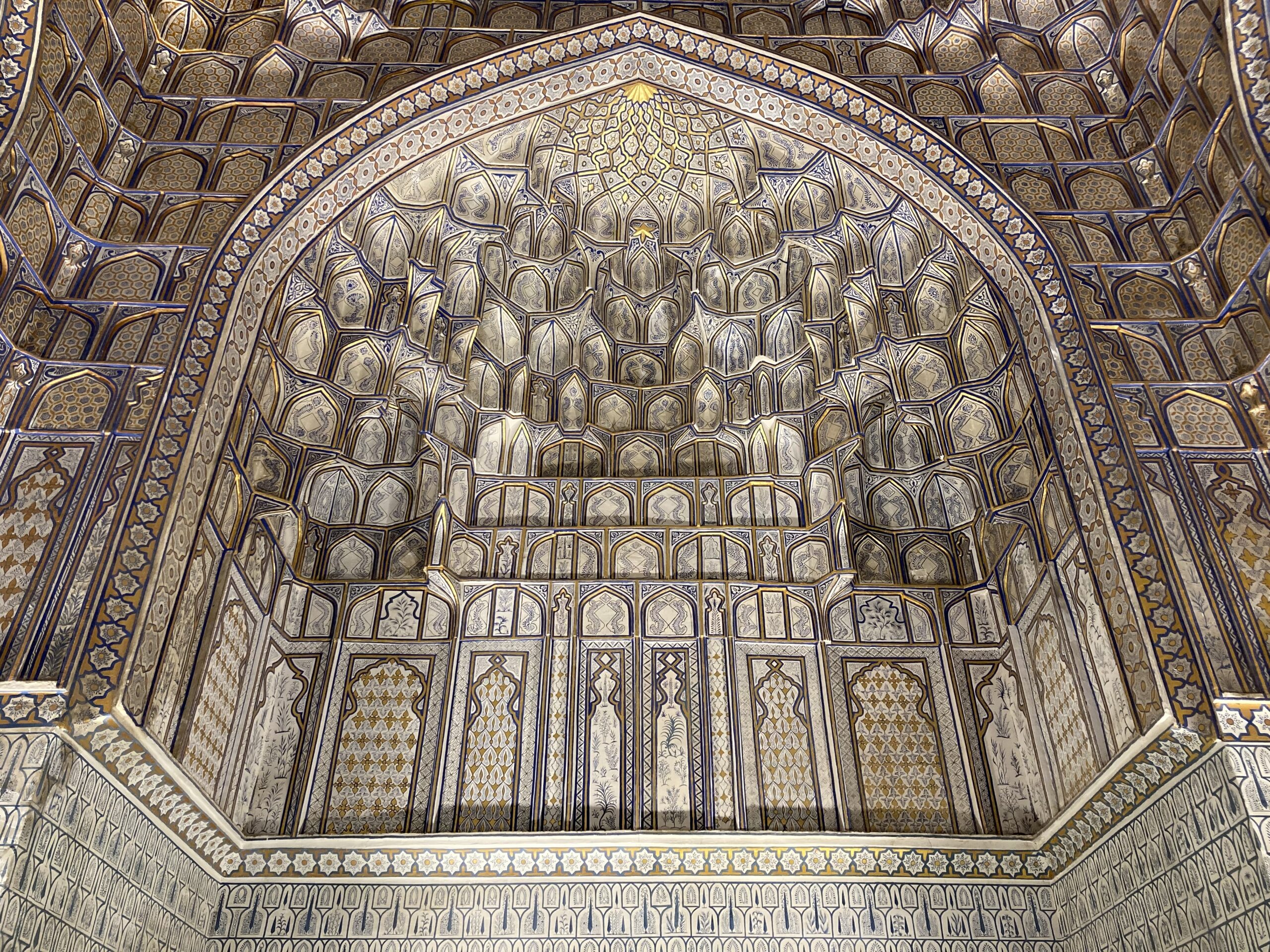
As is expected from a tomb belonging to such an individual, the interior decorations here just go above and beyond, even in comparison to the already excellent ones found in close proximity.
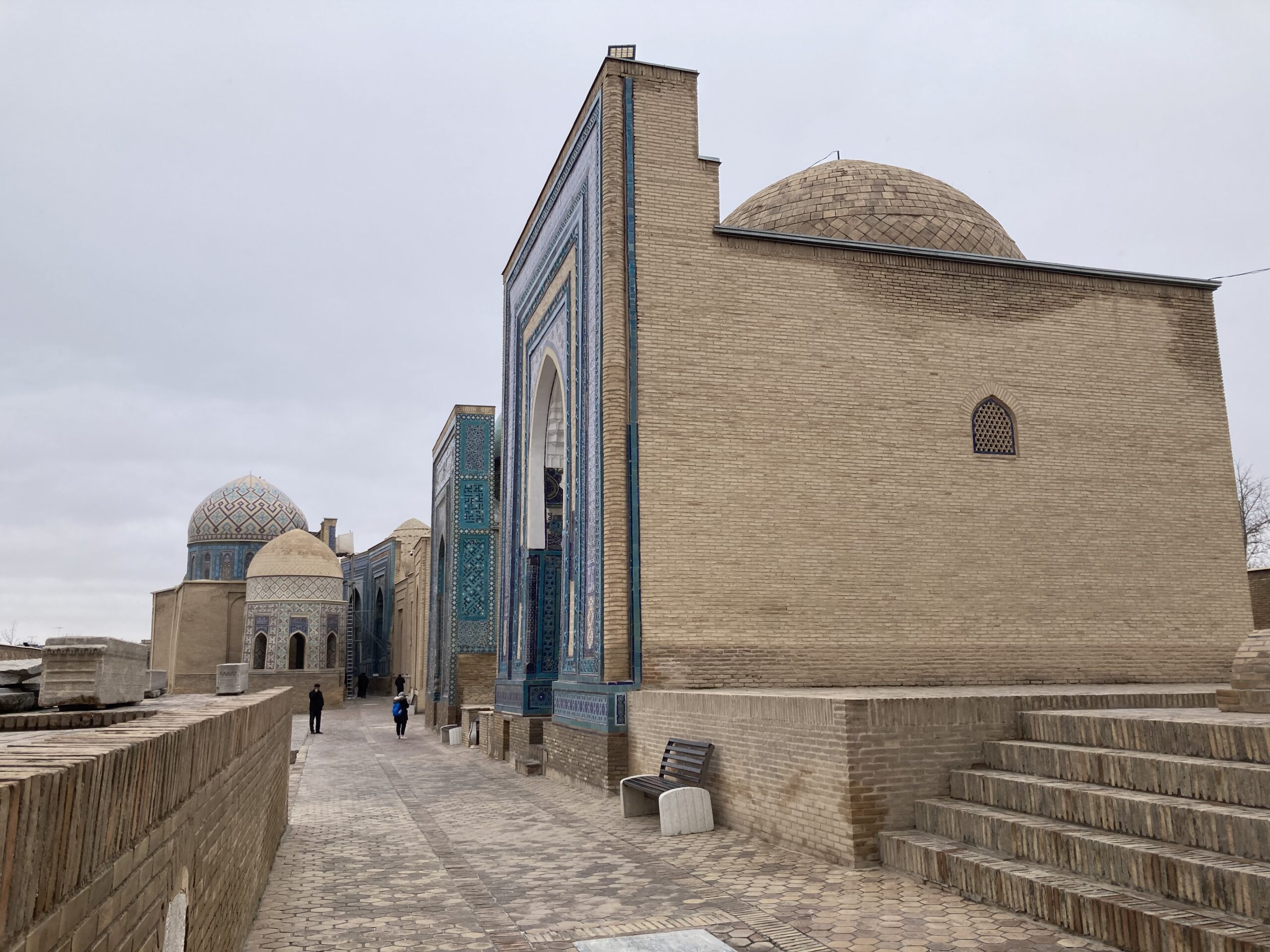
This is the alleyway of death, as I would call it. Though the complex is known as Shah-i Zinda, I am pretty sure more people would visit it if its name stood out like this…
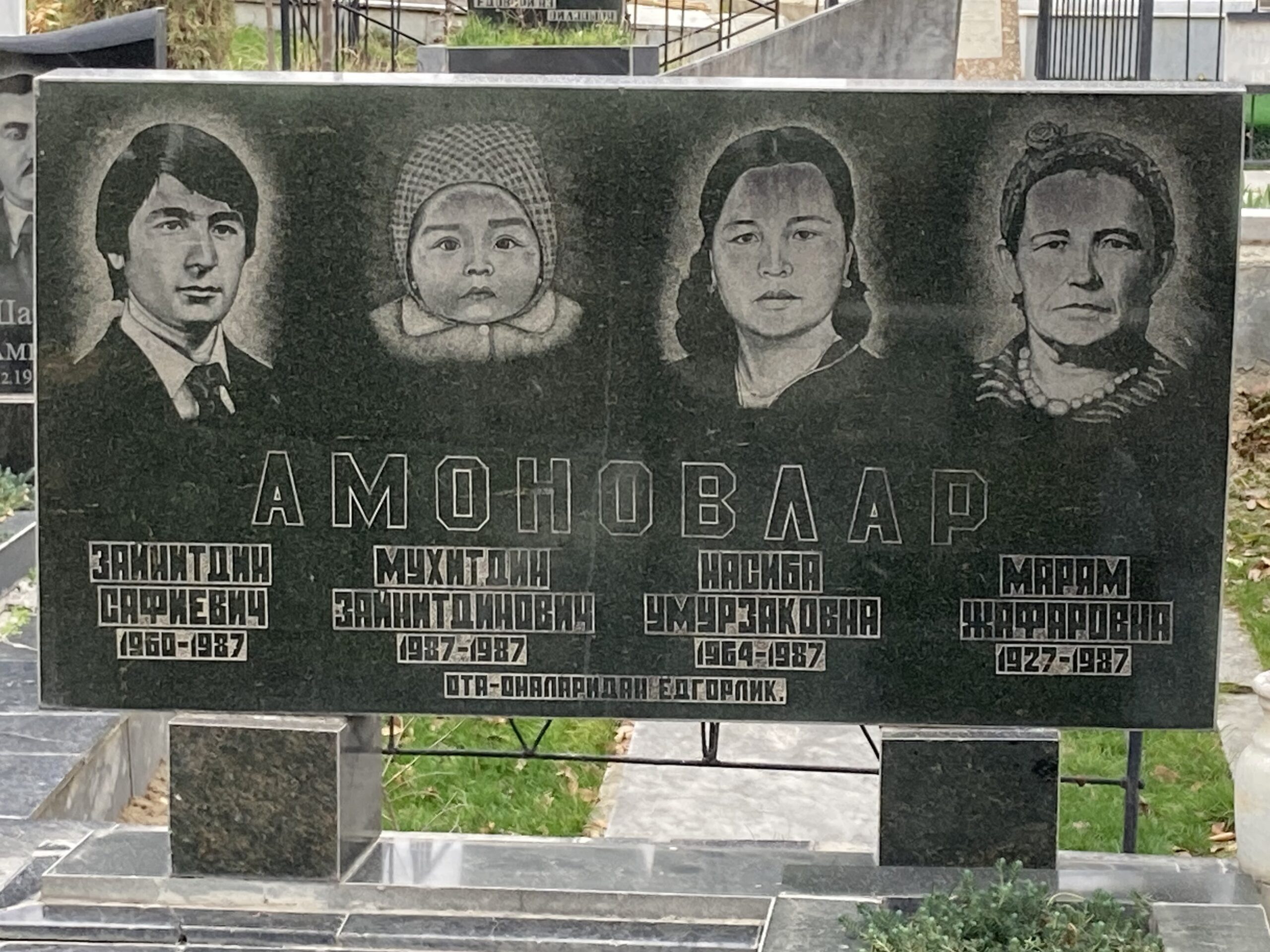
If you are not intent on paying a visit to the tombs of ‘special’ people, then you may be happy to hear that apart from the surrounding Muslim cemetery, there is a lot more to see on the hill that overlooks Shah-i Zinda. This tragic tombstone was found a few hundred meters away on the road from Shah-i Zinda to Afrosiyob archaeological site. I say tragic because a closer look at it reveals that this whole family perished in the same year, when the baby was born, likely in an accident of sorts.
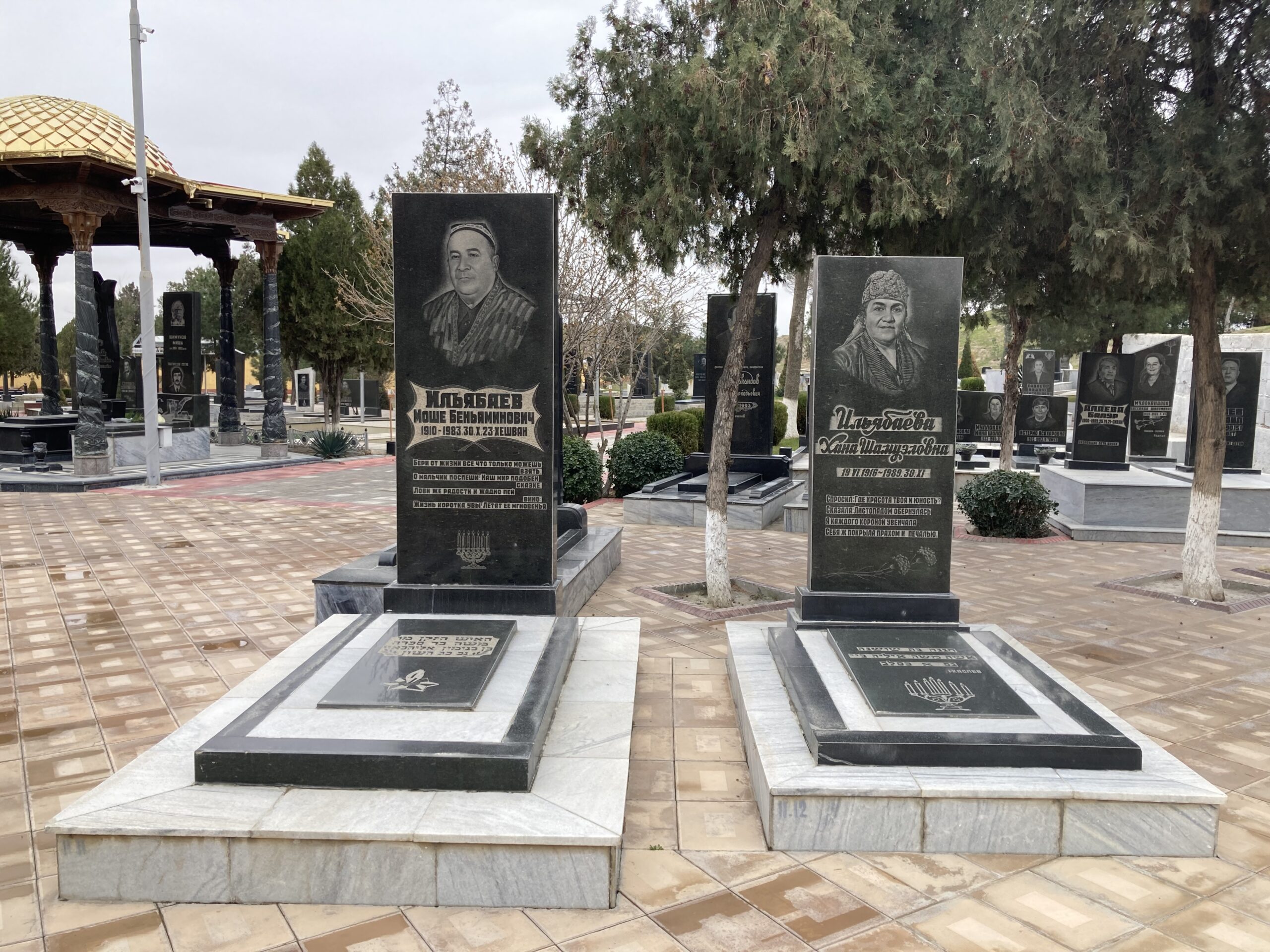
Just a few more meters after this massive cemetery one can find the Jewish cemetery of Samarkand. How was I greeted here? With a greeting of course. And that was it. I was left alone, as one should be in a cemetery. The details here were just surreal, in all honesty some of these people seemed like they were alive just yesterday, or that I saw them just the other day. Unfortunately, there are not that many Jewish people left in Uzbekistan these days, so they are pretty hard to come across in reality…
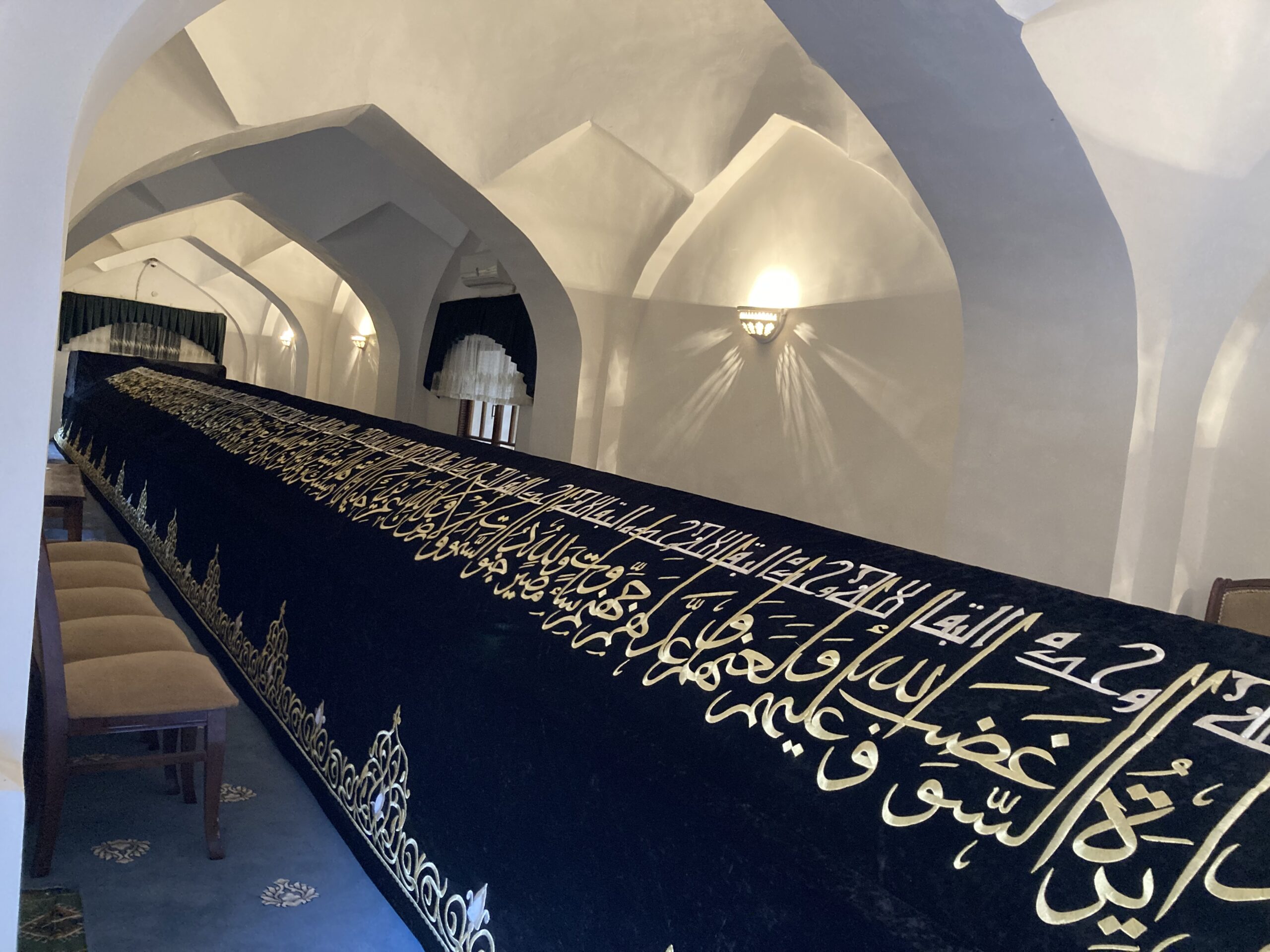
Back to the more influential people and even myths and legends in this case, you can find a tomb that is supposed to belong to Prophet Daniel here in Samarkand as well, which is well worth a visit to see its mighty 18-meter size. You are not even allowed near it, and cannot even see it in its entirety, so it can be skipped. To be fair, it is more of a pilgrimage site for all three Abrahamic religions than an actual tourist destination.
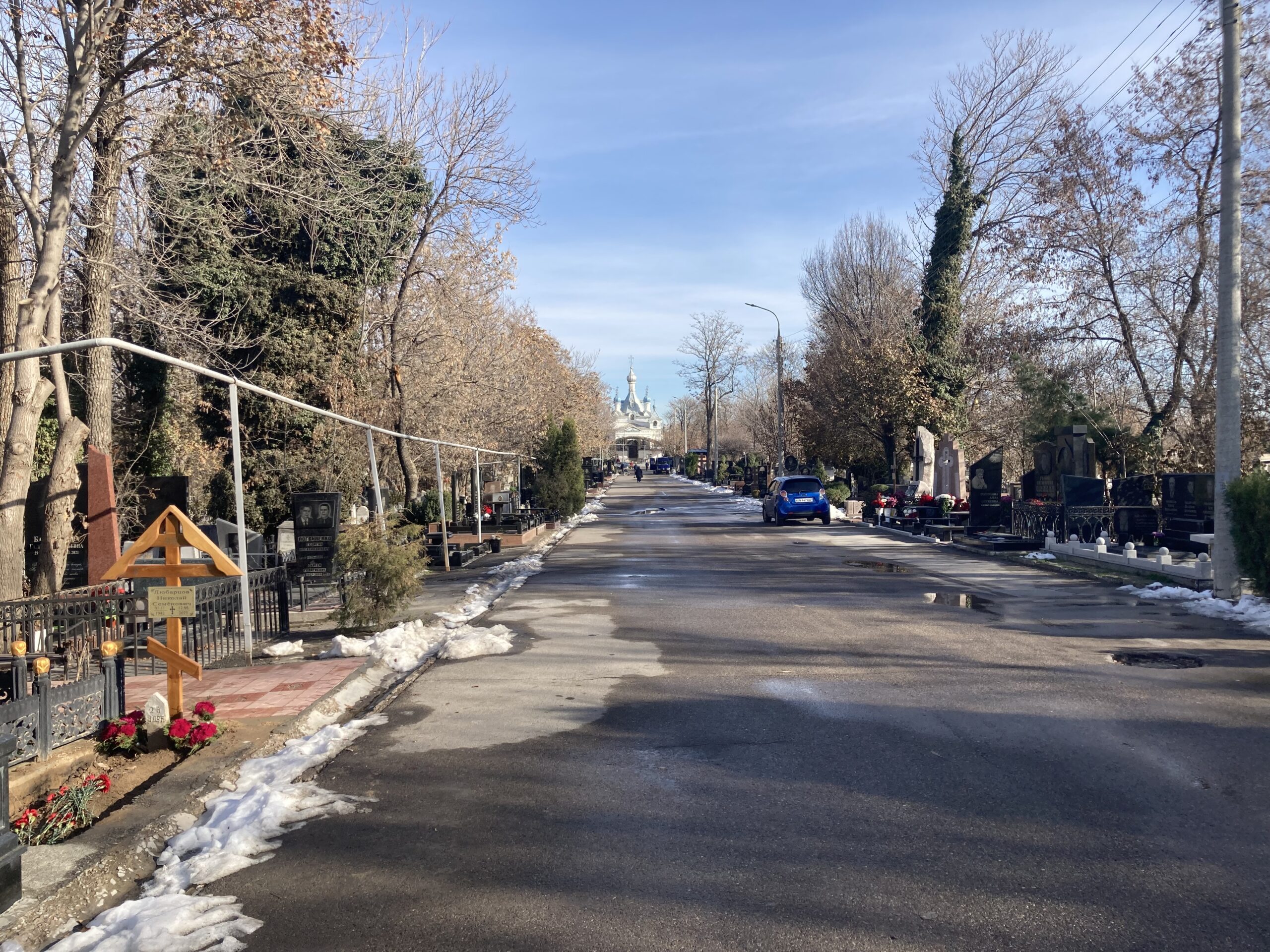
Now, let us move on to Tashkent. As is only expected from the capital, it spoils us with an amazing cemetery, the biggest one in Uzbekistan that I visited. The Botkin cemetery is reserved mostly for Orthodox Christians, though there was a small part dedicated to Jewish people as well. It is massive, there seemed to be tens of people tending to it at the same time, all looking to help you find your deceased relatives. I waved them away, saying that I can find them myself, though I was not looking for anyone specific.
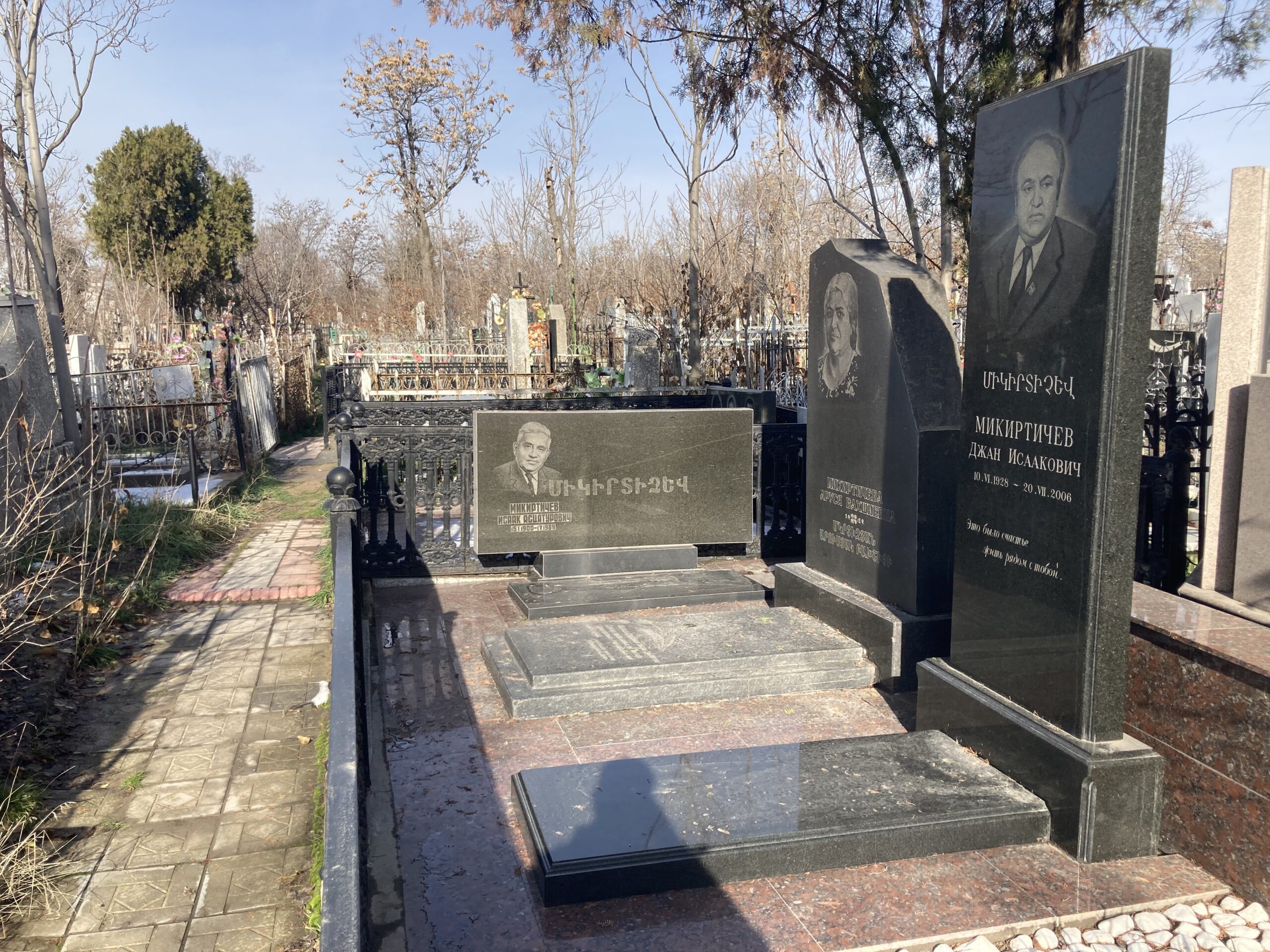
There seemed to be a rather sizeable Armenian population here at one point, and arguably even today as quite a good chunk of the tombs had Armenian names on them, some having been deceased relatively recently.
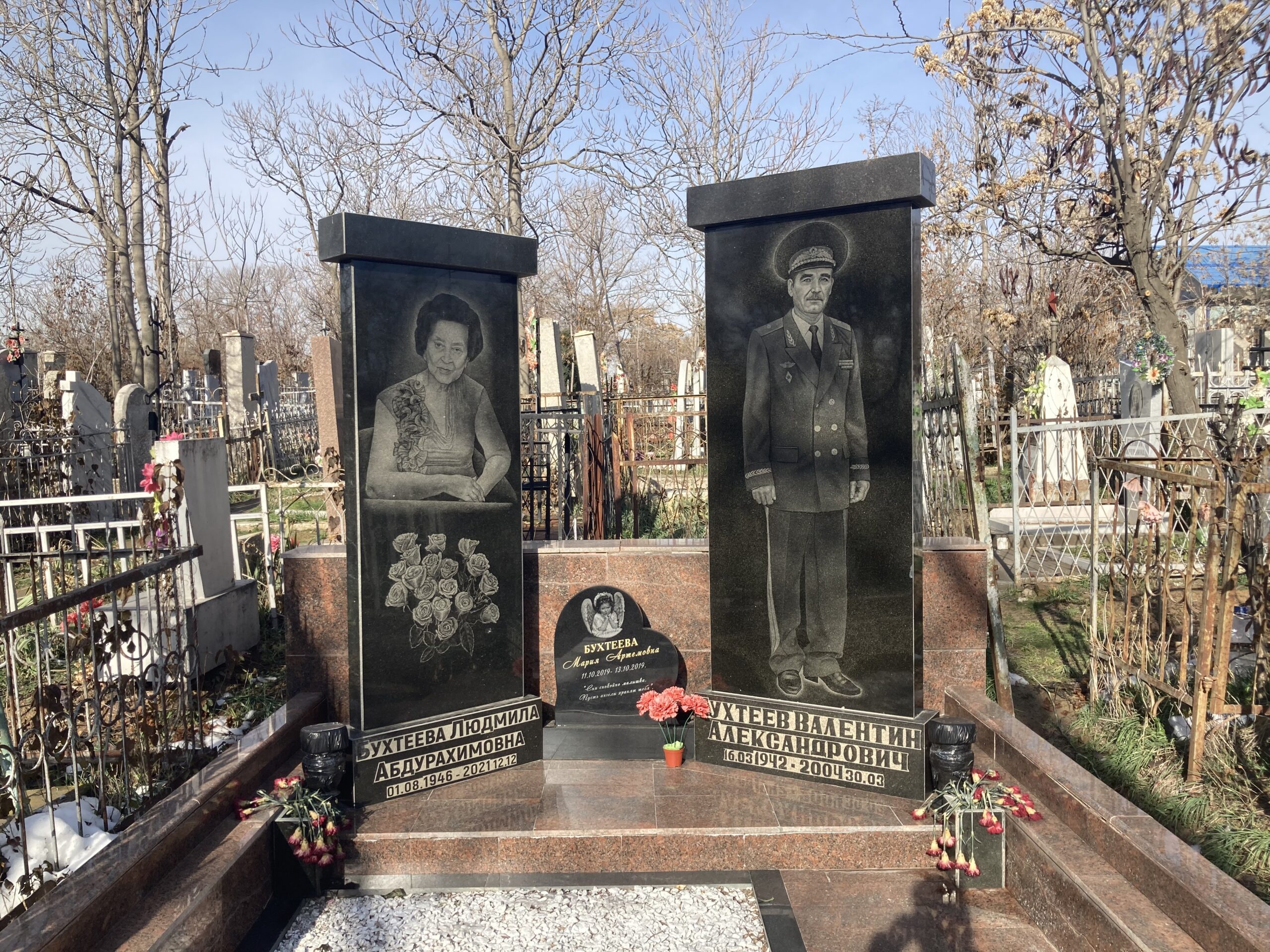
Some seemed to belong to your usual Slavs, both Russian and Ukrainian varieties with, I am sure, some odd Belarussians mixed in. It just shocks me, every time, to see these people depicted like this. These sorts of cemeteries are a gold mine for us historians, and I do not understand why they are not more common elsewhere as well.
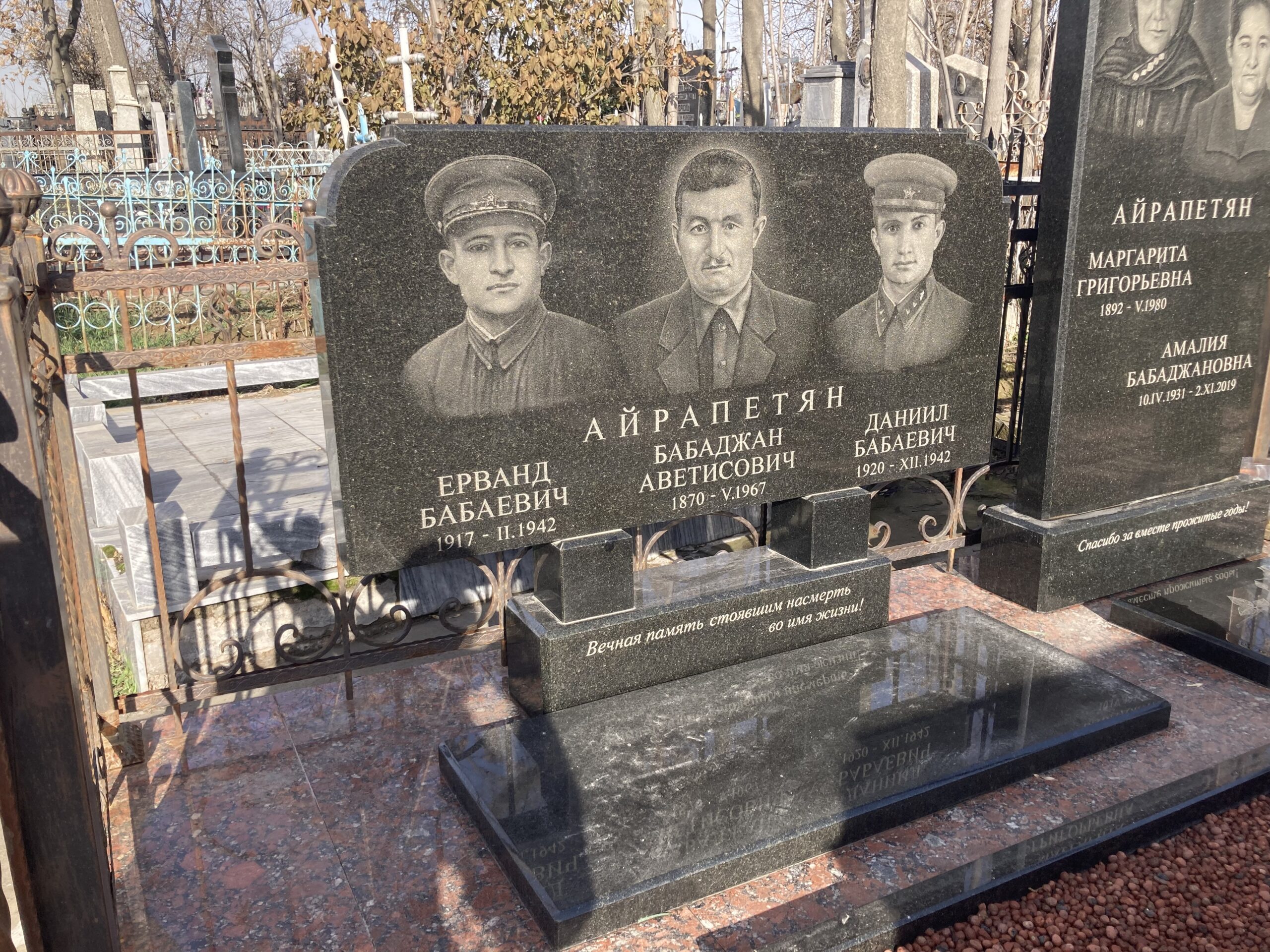
History, it is just pure history. You can see a seemingly proud yet solemn father with both of his sons that fell during the Great Patriotic War, not even that far apart from one another. How hard it must have been for him and the mother to hear the death of their young ones?
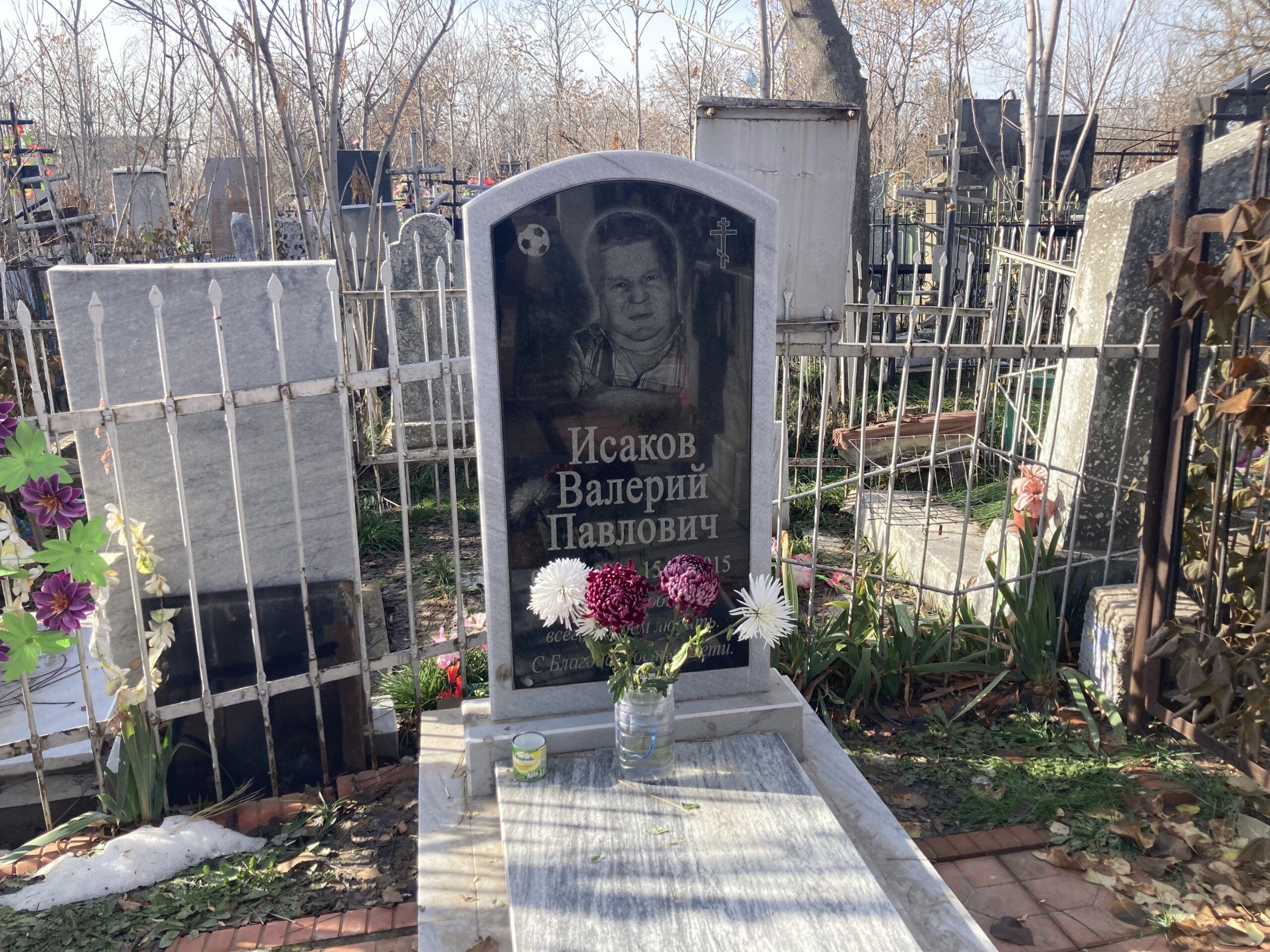
Let us end this article on a brighter note. Not forgotten by their loved ones to this date, quite a lot of these tombs have some fresh flowers near them. Some have small liquor bottles; others have some small charms. What is perhaps most reassuring though is to see some people who lived to an old age and are buried with tombstones dedicated to things that they love, in this case to the cross, and football.
